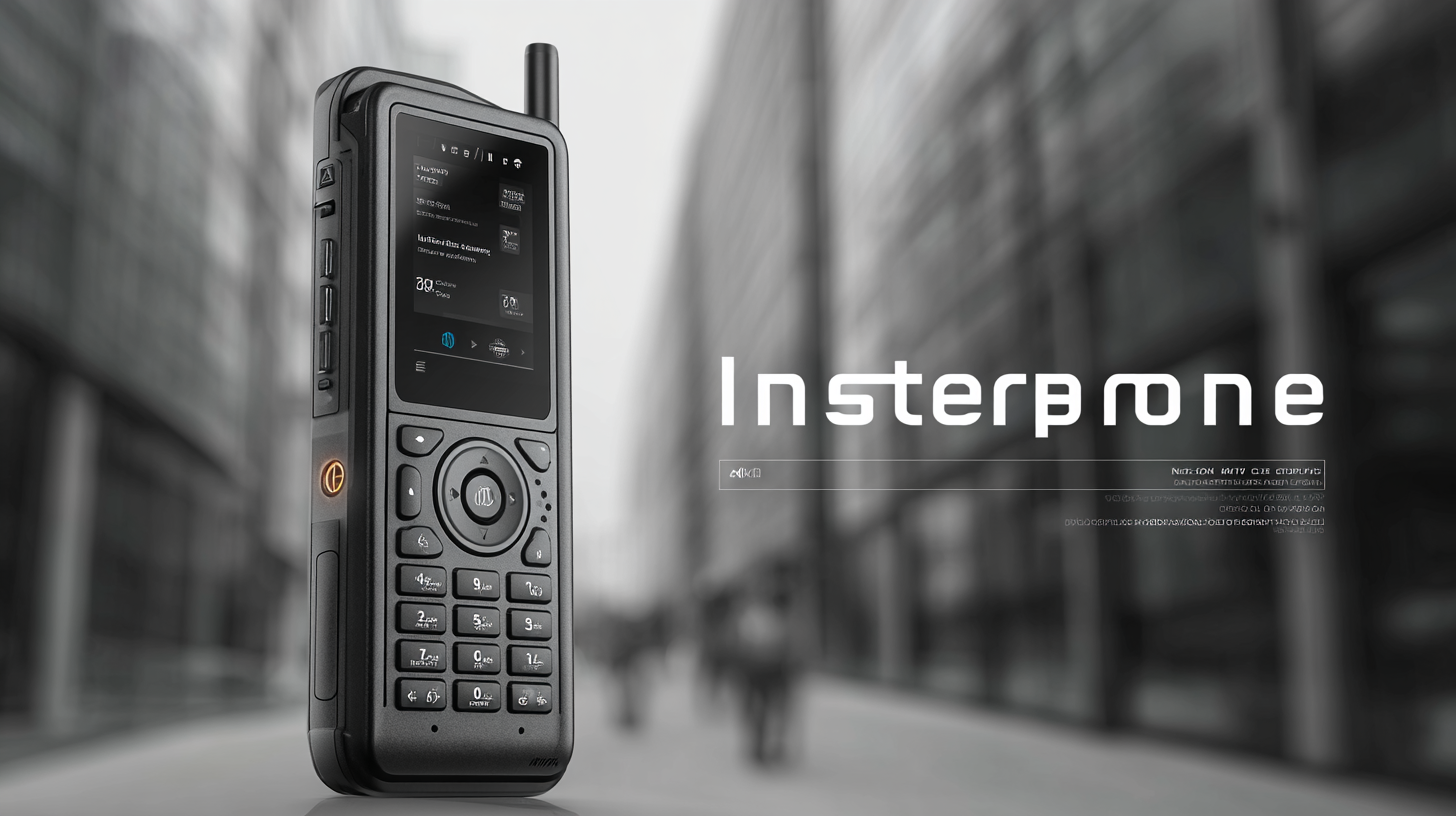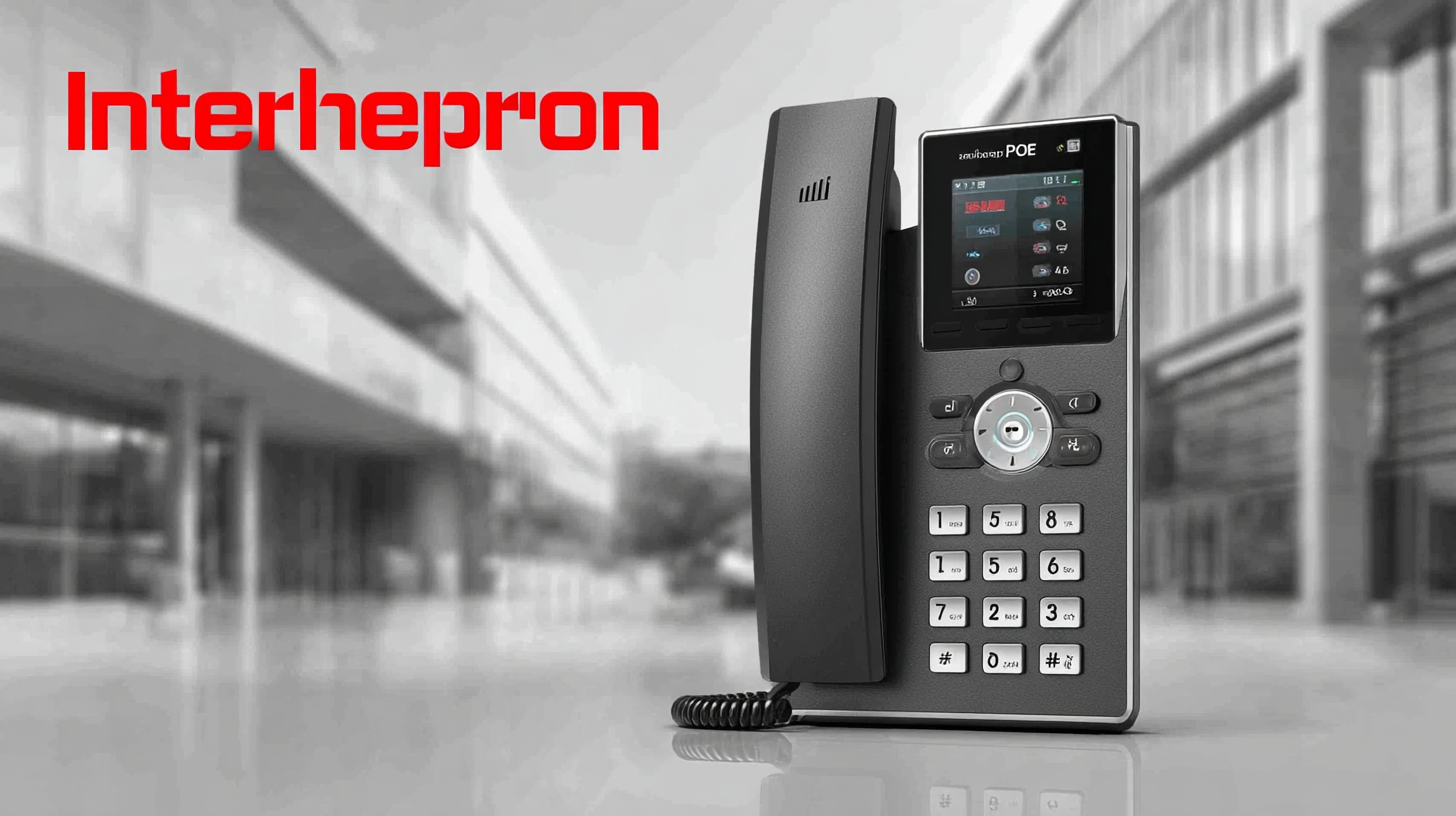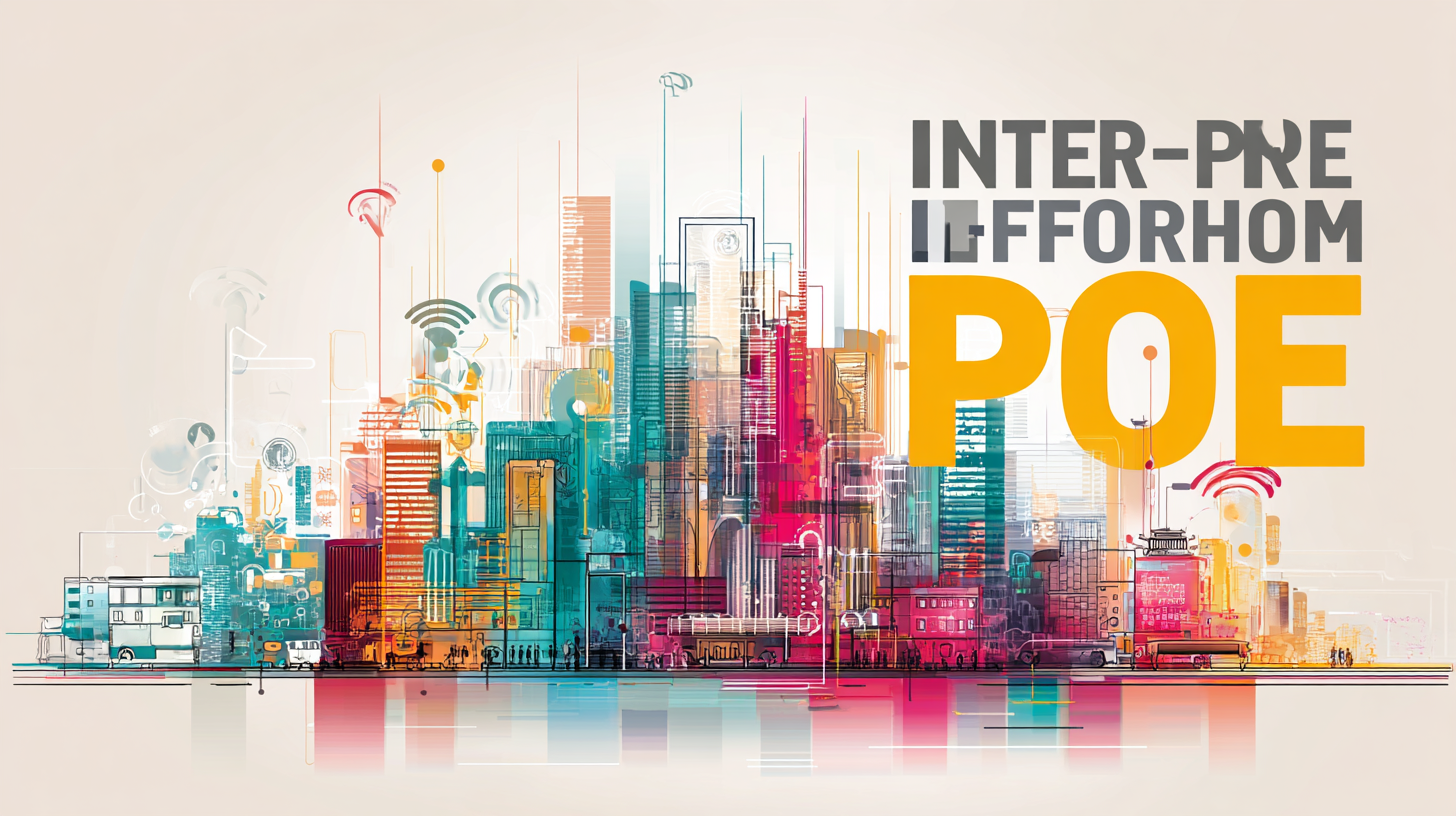In today's evolving landscape of smart buildings, effective communication systems are integral to enhancing connectivity and operational efficiency. According to a recent report by MarketsandMarkets, the global smart building market is projected to grow from $83 billion in 2020 to $108 billion by 2025, expanding at a compound annual growth rate (CAGR) of 5.8%.

Within this framework, Interphone IP Poe technology emerges as a pivotal solution, providing seamless integration of voice, video, and data communication across various applications. This technology not only supports advanced intercom systems but also simplifies cabling infrastructure, reducing installation costs and complexity.
However, implementing Interphone IP Poe systems can pose significant communication challenges, particularly regarding bandwidth management and network reliability. This blog will explore the best applications of Interphone IP Poe in smart buildings and discuss strategies to overcome these challenges, ensuring a robust and efficient communication ecosystem.
In the era of intelligent buildings, the adoption of IP PoE intercom systems is playing a pivotal role in enhancing communication efficiency. These systems leverage Power over Ethernet technology, allowing for streamlined connectivity and integration with various applications within smart environments. As more devices become interconnected, the ability to communicate seamlessly is critical. IP PoE intercoms facilitate real-time interaction between building management, staff, and occupants, minimizing disruptions and promoting a harmonious living and working atmosphere.
Moreover, as the demand for intelligent building standards evolves, the challenges of communication are becoming more pronounced. Traditional systems often struggle to keep pace with the rapid deployment of connected devices. However, with PoE technology, there is a clear solution to these pain points, enabling scalable and adaptable communication networks. By harnessing the capabilities of IP PoE intercom systems, smart buildings can not only improve operational efficiency but also provide a cohesive user experience that meets the needs of modern occupants.
| Application Area | Challenges | IP Poe Intercom Solution | Benefits |
|---|---|---|---|
| Residential Communication | Limited integration with home automation | Seamless integration with smart home devices | Improved user experience and accessibility |
| Office Spaces | Intercoms not compatible with network | IP Poe intercoms that work on existing network | Reduced installation costs and increased functionality |
| Security Monitoring | Mismatched communication protocols | Standardized IP Poe protocols for security | Enhanced safety and faster response times |
| Visitor Management | Inefficient visitor communication | IP Poe intercoms with video capabilities | Streamlined visitor entry and communication |
| Emergency Intercoms | Slow communication in emergencies | High-priority IP Poe intercoms | Immediate access to emergency services |
The integration of intercom systems and IP PoE technology in smart buildings is revolutionizing communication flows, essential for the efficient operation of various applications such as HVAC, security, energy management, and sanitation systems. Recent statistics indicate that communication efficiency in these environments can lead to operational cost reductions of up to 30%. For instance, the HVAC systems leverage real-time data to optimize energy usage, which not only enhances occupant comfort but also significantly reduces energy costs. With the smart building market projected to reach $1 trillion by 2026, the implementation of advanced communication systems is a driving force behind this growth.

In terms of the market breakdown by product type, hardware components such as sensors and gateways account for a large portion of the investments, while software solutions that manage data flow enhance system interoperability, making them indispensable. The commercial end-user segment is expected to dominate the market, driven by strict regulations and the need for enhanced security measures. As emerging technologies like IoT and machine learning continue to integrate with these systems, the potential for smarter, more sustainable building environments will only increase, paving the way for improved operational efficiencies and long-term cost savings for stakeholders.
In today's smart buildings, effective communication is crucial for seamless operation and security. However, common barriers such as noise interference, distance limitations, and outdated technology can hinder efficient interactions. Advanced intercom solutions are designed to tackle these challenges, enabling clear and reliable communication in complex environments. By leveraging the power of IP PoE technology, these intercom systems offer enhanced features that overcome traditional limitations.
One significant advantage of advanced intercom solutions is their ability to provide real-time communication without interruption. With integrated noise-cancellation features and high-definition audio, users experience crisp conversations even in bustling settings. Furthermore, the flexibility of IP networking allows for easy scalability; whether expanding the intercom system to new floors or integrating with existing smart technologies, these solutions adapt effortlessly. As a result, smart buildings can maintain a high level of communication, essential for safety and operational efficiency, while minimizing the frustrations often associated with outdated systems.
As smart buildings continue to evolve, the integration of artificial intelligence (AI) and the Internet of Things (IoT) is transforming the landscape of intercom systems. By leveraging advanced AI algorithms, intercoms can process and analyze real-time data, providing users with instant recognition and tailored communication experiences. This creates a seamless interaction between occupants and building management, enhancing security and convenience. For instance, an AI-powered intercom can identify visitors, verify their credentials, and even alert residents of their arrival, streamlining processes that once required manual intervention.
Moreover, the incorporation of IoT devices into intercom systems fosters a more connected environment. With sensors and smart devices communicating through a unified platform, residents can control various aspects of their smart building via a simple intercom interface. This integration allows for remote monitoring and control of access points, lighting, and other automated systems, ensuring efficient operation. As communication technologies advance, the future of intercoms not only promises enhanced functionality but also a richer, more engaging user experience, making everyday interactions more intuitive and effective within smart buildings.
Implementing IP Poe intercom systems in commercial architectures presents a unique opportunity to enhance communication and security within smart buildings. According to the "Global Smart Building Market Analysis" report by Mordor Intelligence, the smart building market is expected to grow at a CAGR of 24.2% from 2021 to 2026, underlining the increasing integration of advanced technologies in commercial spaces. One best practice is to ensure a robust network infrastructure, as the performance of IP Poe intercoms heavily relies on a stable and secure internet connection. Utilizing quality network switches that support Power over Ethernet can significantly reduce installation costs and simplify maintenance by eliminating the need for separate power supplies.

Another crucial aspect is user training and system integration. Reports from the BICSI indicate that successful integration of communication systems can lead to a 30% increase in operational efficiency. Familiarizing staff with the IP Poe intercom system not only improves user adoption but also maximizes the system's potential, enabling features like remote access and video surveillance. Furthermore, implementing a scalable architecture allows for future expansions without major overhauls, ensuring that the communication systems evolve alongside emerging technologies, thereby positioning businesses for long-term success in an increasingly connected world.
